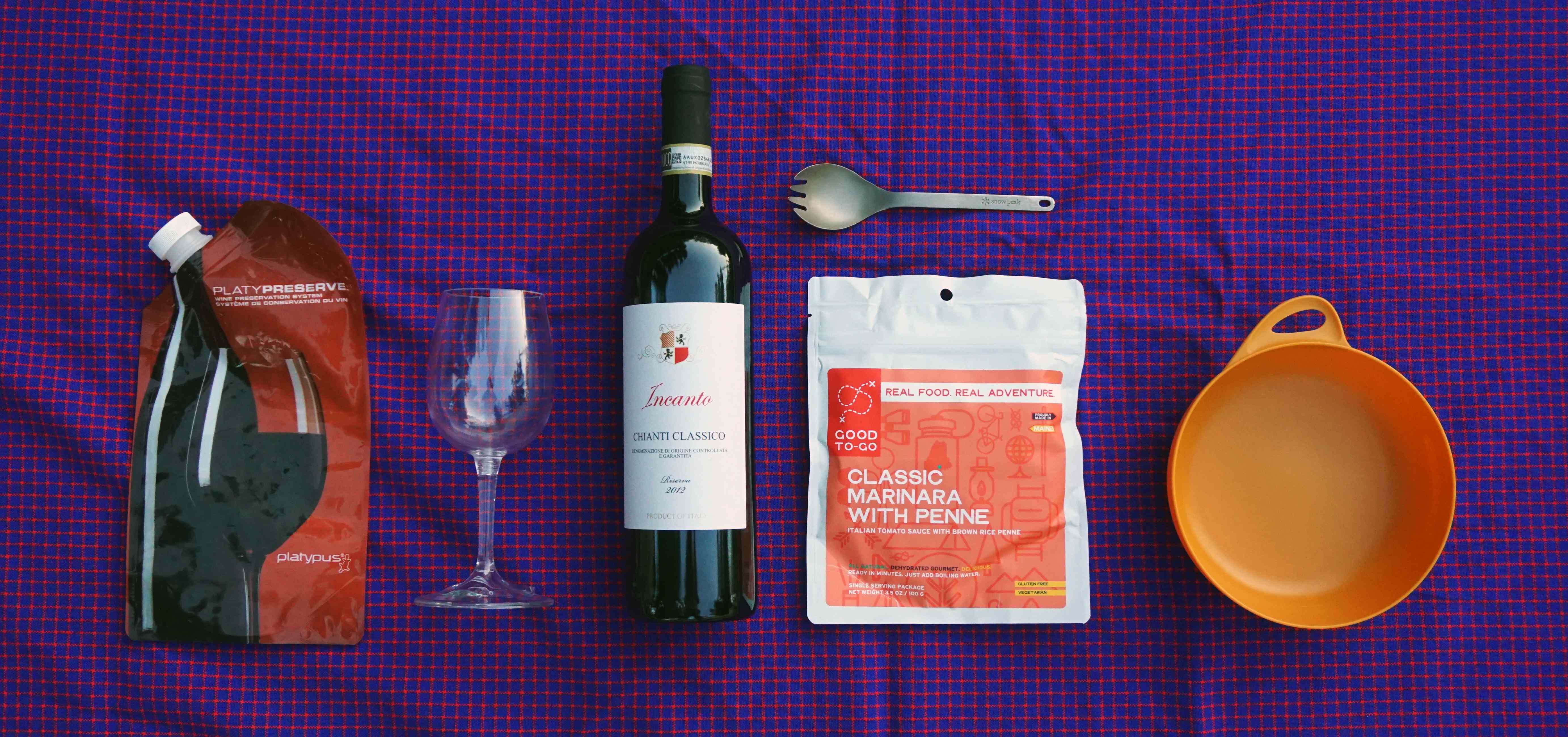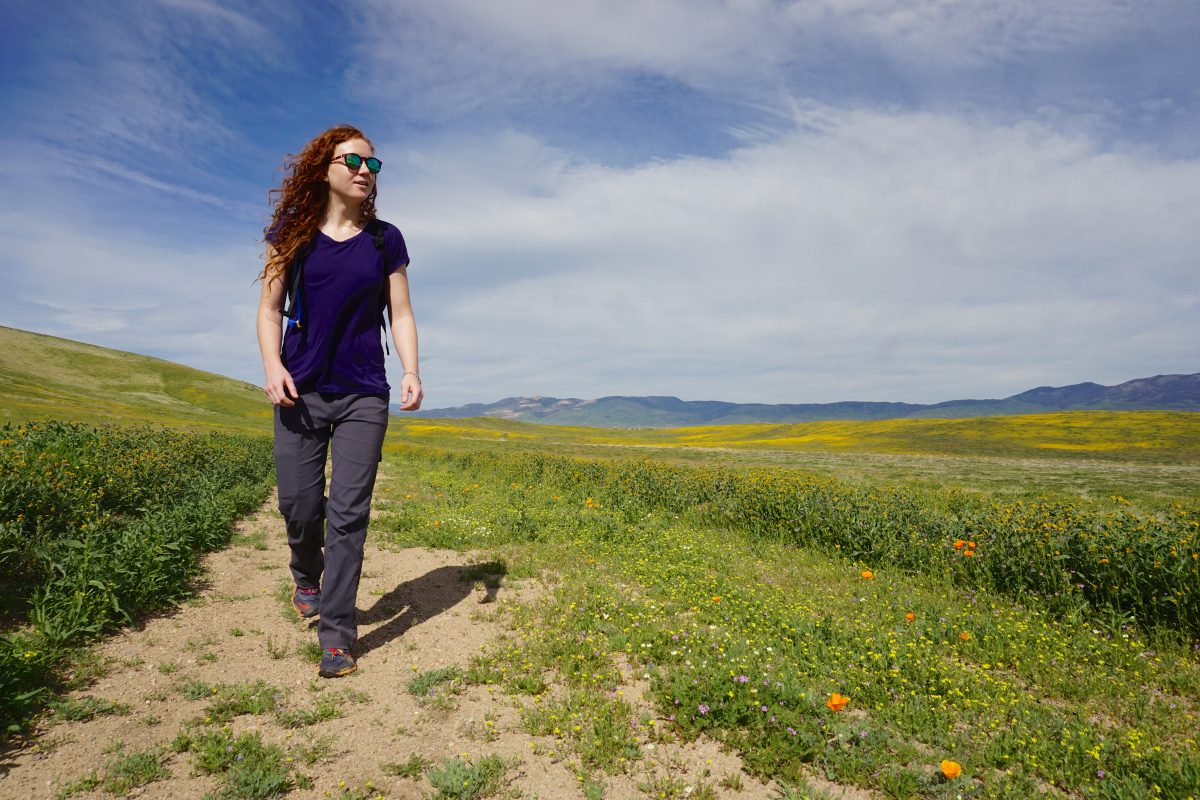
The outdoor industry is experiencing unparalleled growth – so much so that last year’s Outdoor Recreation Jobs and Economic Impact Act moved to include its impressive earnings in the national Gross Domestic Product. Business is booming, which means that outdoor adventure brands are constantly looking for ways to nurture connections with their expanding customer base. The upside, from a creative standpoint? They’re looking for content, and lots of it. Here’s where you come in.
RESEARCH
Before you attempt to connect with any brands to offer your creative services, it’s important to figure out which brands connect to you. What products or segments of the outdoor industry are you most passionate about? What brand messaging aligns with your personal and professional work? The more genuinely interested and invested you are in a particular brand or activity, the more that will come across in your sales pitch.
Another way to identify targets is to look at which brands already understand the importance of quality content. Ignore the e-commerce portion of their websites and instead look to see if they have a blog, journal, or media page. Check out their presence on social media platforms, as well – do they use Instagram’s Story function or Facebook Live? Do they frequently post photos and video content? On the flipside, don’t fret if your favorite brand doesn’t seem very content-savvy – this might just offer you the opportunity to step in and fill a need.

CONNECT
Once you’ve identified one or more brands that you’d like to work with, it’s time to start making those connections. While this might seem daunting, there are a lot of different ways to nudge yourself onto a brand’s radar. The most passive of these is to figure out if they use an official hashtag on social media, and employ it anytime you post something that you’d like them to see. Social media managers and marketing folks keep tabs on people who pop up in their mentions frequently – and they definitely notice when those hashtags are listed on incredible photographs and videos. One caveat: this is bit of a long-haul strategy, since it may take some time to catch notice – and you may never get noticed at all. A more proactive way to use social media is to engage directly with brands via Twitter, whether that’s by retweeting and responding to their tweets or participating in Twitter chats they organize. True story: I once wrote a blog for a brand after joking with them via Twitter about creating a guide for surviving the zombie apocalypse!
You’ll increase the odds of connection even further if you employ good ol’ fashioned networking skills. Do you know any employees, ambassadors, or sponsored athletes associated with the brand? If so, start there by asking for an introduction, or by sending them a portfolio of your work and asking them to pass it along to the marketing department. Don’t worry if you don’t have contacts – you can make them yourself. One of the most lucrative arenas I’ve found is the Outdoor Retailer trade show, which happens several times a year. While this event is focused on the buyer/brand relationship, you’ll also find folks from just about every other aspect of the outdoor industry roaming the booths and panels, including marketing reps. Many outdoor-related organizations (including Camber Outdoors and Malakye) also offer other types of regional events that offer a great opportunity to schmooze. When you do get out there, be bold and introduce yourself; carry business cards that link to an online portfolio (a personal website, Vimeo or YouTube channel, Contently profile, etc.), ask for them in return, and email your new contacts immediately after you return home in order to kick start the conversation.
If you’re not comfortable with in-person networking or aren’t able to attend these types of events, you can always sell your services the old fashioned way – through “cold-calling” (or really, cold-emailing). Find specific marketing contacts via LinkedIn, Malakye, or Google, and reach out with your sales pitch. This is where you get to expound on your genuine love for the product, brand, or activity, and an opportunity to introduce them to your work. What kind of media do you produce? Why do you want to create amazing content for them? How can you add value to their bottom line by engaging their customers? Do you have any ideas of what you’d like to create (albeit without giving away too much special sauce up front)?

COMMUNICATE
Once you’re in the door, it’s time to get creative, which requires excellent communication. While a brand might choose to work with you because they enjoy your specific aesthetic or vision, they’re also likely going to want to put their stamp on the project in some way. It’s best to make sure you fully understand what’s requested before getting to work. Here are a few things to keep in mind:
- What is the overarching vision? This will certainly tie in to the brand’s overall identity and mission statement, but you’ll want to find out if they have specific goals in mind related to their marketing plan.
- Is there a specific story they want to tell? Find out if they operate under an editorial calendar, if they have any seasonal themes already in mind, and whether or not they want to highlight any specific products or athletes.
- What is already working for them? What hasn’t worked in the past? Where do they see the most engagement?
- What format or platform do they prefer – Vlogging? Snapchat? Instagram? Facebook? Do they want your content to be viewable across multiple platforms?
- Hammer out all other details: fee, deadline, scope of actual deliverables (i.e. the content itself), and nature of the relationship (is it ongoing, or is this a one-off independent contractor gig?). Not every brand will offer you a contract for your work, but it’s best to get all of the nitty gritty details in writing one way or another, even if that’s via email or a one-sheet outline of the terms.
CREATE
Now it’s time to have fun and flex your creative muscle! While every brand will require something different, one of the overarching things to remember is that you’re there to help them tell stories, not to create advertisements; the two are related, but different. Branded content moves far, far away from any hard sells and more towards the human, sometimes even emotional angle of the brand’s overall “story.” Yes, a lot of branded content involves products – shoes, tents, coolers – but these are used more like props, rather than the main focus. You’ve probably heard plenty of folks wax on about “authenticity,” but it really counts here – yes, ultimately this is advertising, but it should feel relatable to consumers on a level that’s much deeper than their wallet.
Need inspiration? Check out these offerings by REI, Patagonia, Outdoor Research, and Airstream for a look at storytelling-heavy, human-focused content marketing.
